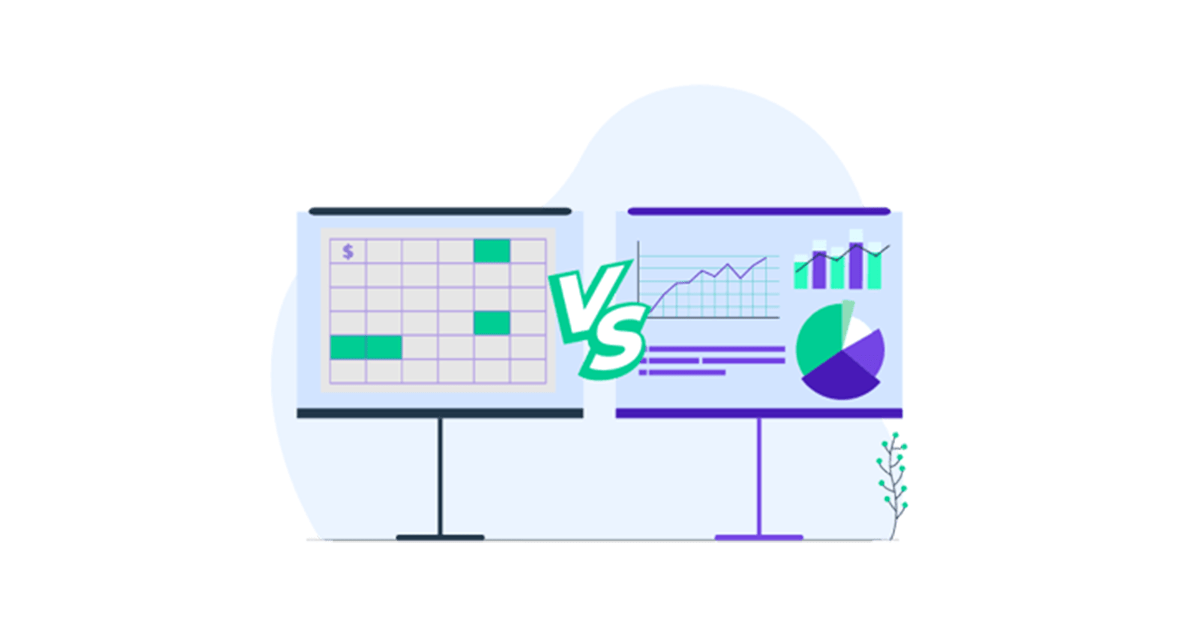How To Build a Financial Model in Excel: Pro Tips from Expert CFOs
A solid financial model is a necessity for any founder who wants to raise funds or optimize their business operations. A well-crafted model helps you...
As a business founder, I’ve discovered people start companies for two fundamental reasons: (1) to solve a problem in the world and (2) to make money. Because I’m coming to you from the perspective of a financial technology company, let’s dive into the business of making money.
To profit in a business, you must always understand whether your company has positive or negative net income at any given moment. Where do you attain this visibility? Your income statement. Through forecasting revenue and expenses, you can showcase — or challenge — the viability of your business.
Income generated from normal business operations
Within your income statement, categorize revenues based on high-level uniqueness into subcategories. This strategy creates critical boundaries within your revenue streams to enable future analysis of cash flow. For example, a restaurant might break down revenue by food sales, liquor sales, and event fees. Based on generally accepted accounting principles (GAAP), only report revenue as revenue is earned. Cash collected does not always equal revenue. In our restaurant, if a customer pays $1,000 in April for an event booked in July, we will recognize the revenue in July at the time of the event, not in April when we collected the cash.
Direct costs of producing goods or services sold
In other words, COGS represents the cost of the materials and labor directly used to create the good. These costs directly relate to increasing revenue. In our restaurant, COG includes ingredients for food, liquor, and payroll for staff. Purchases such as dining tables, management salaries, and rent typically do not comprise COGS because they indirectly relate to revenue. If our sales volume increases, our cost of ingredients for food and liquor will consistently increase to support that volume. We will need to pay servers to work longer hours or hire additional waitstaff to accommodate that volume.
Expenses incurred through normal business operations
On a week to week basis, we will not purchase more tables or pay management more money to accommodate additional volume, so we do not report these expenses as COGS. These expenses do not directly correspond to revenue.
Within your income statement, include these key categories to understand your past profitability and forecast future growth: (1) gross profit, (2) EBITDA, and (3) net income.
Revenue – COGS
Utilize gross profit to deeply understand the specific expenses associated with each sales unit — in other words, the unit economics of your business. As we founders plan to scale our business, we must be able to forecast the costs associated with growth on a granular level. Without this visibility, we risk running out of cash trying to keep up with that growth.
Revenue – COGS – Operating Expenses
EBITDA measures overall profitability before interest, taxes, depreciation, and amortization are taken out. This data point provides a clear visual on your company’s overall financial performance because it eliminates noisy expenses like interest and taxes. On the other hand, net income presents a less simple, but more comprehensive picture of your company’s finances.
Revenue – COGS – Operating Expenses – (Interest, Depreciation, Amortization, and Taxes)
Net income accounts for the noisy expenses that EBITDA eliminates. Depreciation and amortization are non-cash items, which essentially spread the expense of major purchases over time. Net income also includes the expense of interest on debt and any taxes paid.
To maximize the efficacy of financial reporting analysis, include the below key income statement metrics in your model.
Even if we have an accountant on staff, founders should deeply understand these definitions and display these metrics to enable financial transparency for business operations and demonstrate profitability for investors.
Get notified about new events, free resources, and fresh content

A solid financial model is a necessity for any founder who wants to raise funds or optimize their business operations. A well-crafted model helps you...

In today’s competitive economic climate, early-stage founders must be able to track and report their success using data. Investors want to see...

Ahh, yes, the exhilaration of being an early-stage startup. And by “exhilaration,” we mean terror. Just total, complete, absolute, abject terror.